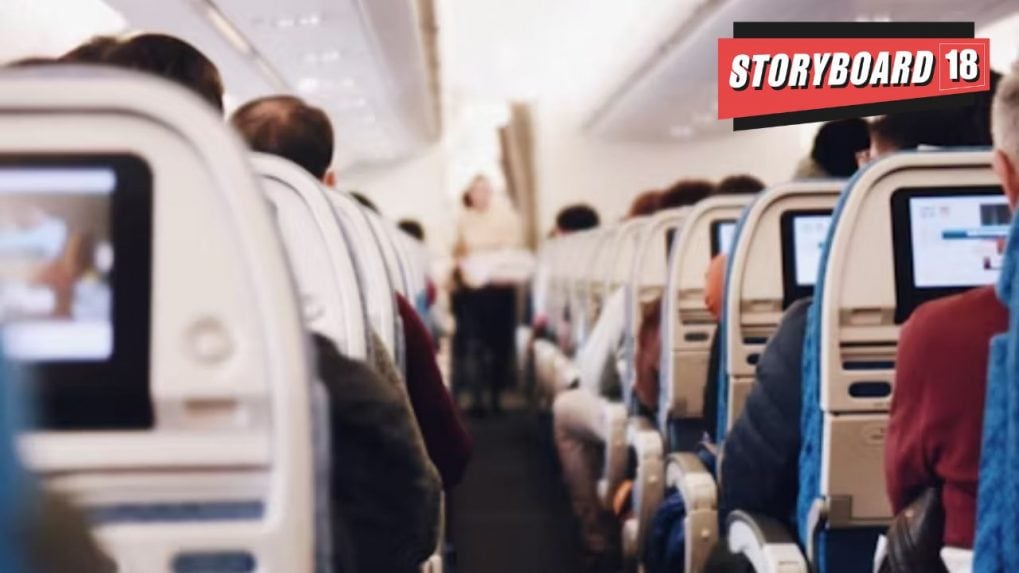Brand Makers
Dil Ka Jod Hai, Tootega Nahin

Thrillophilia's Festive Travel Pulse 2025 report shows festive travel demand surging 18% year-on-year, with outbound bookings rising a striking 24% YoY. More than 70% of international demand now flows to short-haul Asia-Pacific hubs as Indian travellers swap long intercontinental holidays for compact 4–6 night “smart luxury” escapes. Insights are based on around 4.2 million festive-season visits to Thrillophilia’s platform, capturing real-time searches and bookings from travellers across India.
Commenting on the findings, Abhishek Daga, Co-founder, Thrillophilia, said: “This festive season, Indian travellers are redefining holidays as curated, meaningful escapes. Short-haul hubs are winning on time and convenience, while offbeat India is quietly rising as a crowd-free alternative. Above all, the shift towards ‘smart luxury’ better stays and experiences without overspending - captures the spirit of how India is travelling in 2025.”
Where India Is Headed
The UAE leads the festive pack with Dubai (16% of outbound) and Abu Dhabi (6–7%) seeing record demand, followed by Thailand (15%), Singapore (14%), Vietnam (10%), Bali (8%), and a resurgent Hong Kong (+25% YoY). Hong Kong’s Disneyland, Victoria Peak, and neon-lit food nights are driving its comeback as Asia’s rising sixth hub.
Within India, the Rajasthan triangle of Jaipur–Udaipur–Jaisalmer (16%) remains the top draw, followed by the hill circuits of Himachal and Uttarakhand (12%), Goa (10%), and Kerala (9%). Gujarat is showing a distinctive post-Navratri spike, with families extending celebrations to Rajasthan or hopping on quick UAE/Southeast Asia breaks. Travellers from Tier-2 and Tier-3 cities, including Surat, Coimbatore, Indore, Nagpur, Vizag, and Vadodara, are fuelling a 6–8 percentage-point rise in overall festive traffic.
Smart Luxury on the Rise
One of the defining trends this year is the shift to “smart luxury”, premium stays and curated activities without the price shock. Travellers are upgrading to boutique or branded hotels and adding high-impact experiences such as sundowner desert safaris in Dubai, evening bay cruises in Singapore, ziplines in Vietnam, and skip-the-line city passes across APAC. The average spend stands at ₹25,000–45,000 per person for domestic trips and ₹60,000–95,000 for short-haul international escapes. Bookings are typically made 9–12 days in advance, striking a balance between spontaneity and planning. Festive travel is led by 25–39-year-olds (young families and friend groups) and 40–55-year-olds (dual-income families), with seniors exploring niche journeys like Kenya’s lodge safaris and Japan’s autumn city tours. Booking lead times are tightening to 9–12 days, reflecting a mix of spontaneity and careful planning.
Offbeat India Rises and Luxe Safaris
While big names dominate, offbeat India is quietly winning over travellers. Gandikota in Andhra Pradesh (+22% YoY), Pachmarhi in Madhya Pradesh (+18%), Hampi–Anegundi in Karnataka (+16%), Binsar in Uttarakhand (+14%), and the Meghalaya–Ziro belt (+13%) are emerging as crowd-free, heritage-rich escapes. These “hush luxury” destinations are drawing travellers seeking culture and quiet away from peak-season rush. At the ultra-luxury end, affluent travellers are looking to Africa, with Tanzania (+21% YoY) and Botswana (+17% YoY) drawing demand for exclusive safaris priced between ₹1.6 and ₹2.5 lakh per person for 5–7 night stays. Shoulder-season Europe also remains in play, with compact runs across Italy, Austria, Portugal, and Central/Eastern Europe for those seeking lighter crowds and value.
From Delhi’s sharp-tongued lyricists to Chennai’s bilingual innovators and North-East India’s experimental beatmakers, Rap 91 LIVE’s lineup was a sonic map of the country’s cultural diversity.
Read MorePiyush Pandey was a force of nature - brute force for his opponents and a natural creative at heart.